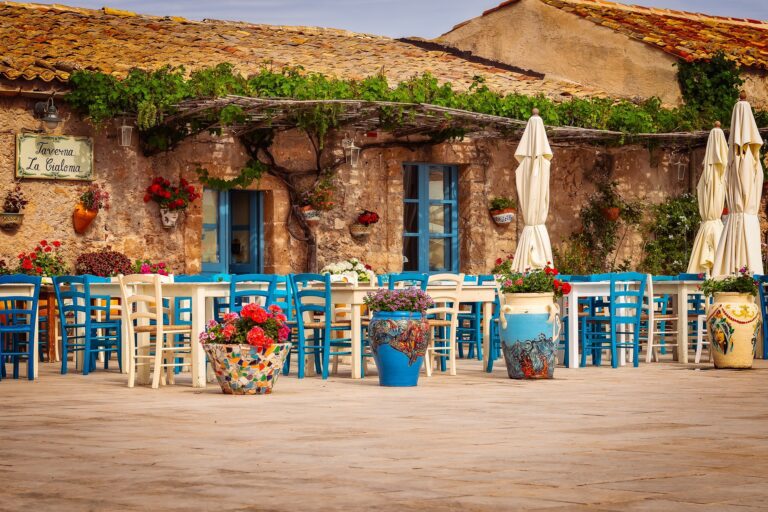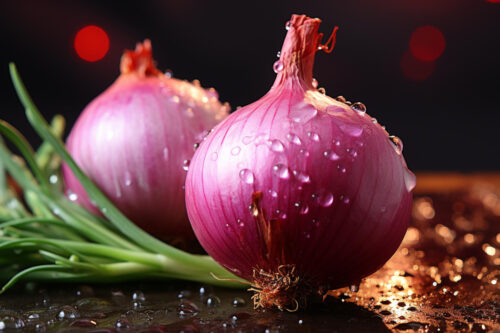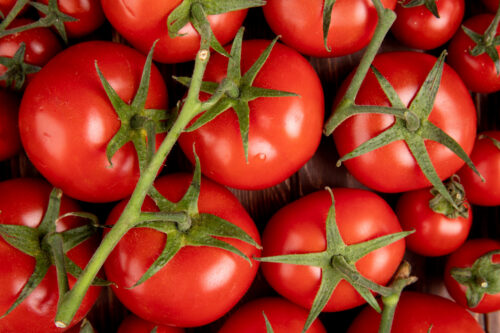Photo: Pixabay
Italian cuisine is known and loved all around the world for its delicious flavors, fresh ingredients, and simple yet elegant preparations. But did you know that there is no such thing as “Italian cuisine” per se? Instead, the cuisine of Italy is an incredibly diverse and complex collection of regional cuisines, each with its own unique traditions, ingredients, and techniques.
In fact, Italy is divided into 20 regions, each with its own distinct cuisine. From the rich, hearty dishes of the north to the fresh, light seafood of the south, there is no shortage of culinary delights to discover when exploring the different regional cuisines of Italy.
One of the most well-known regional cuisines of Italy is Tuscan cuisine, which is characterized by its rustic simplicity and emphasis on high-quality ingredients. Tuscan dishes often feature beans, wild game, and hearty breads, as well as simple, flavorful sauces made with fresh herbs and olive oil.
Moving further south, the cuisine of Naples is famous for its pizza, which is widely considered to be the best in the world. Neapolitan pizza is characterized by its chewy, crispy crust and simple, fresh toppings like San Marzano tomatoes and fresh mozzarella cheese.

Photo: Pixabay
In the central region of Umbria, the cuisine is focused on simple, rustic dishes made with local ingredients. Umbrian dishes often feature truffles, wild boar, and other game meats, as well as hearty stews and soups.
The cuisine of Sicily, on the other hand, is heavily influenced by the island’s history of conquest and trade with other Mediterranean cultures. Sicilian cuisine features bold, complex flavors and a wide variety of ingredients, including seafood, citrus fruits, olives, and capers.
Moving north again, the cuisine of Emilia-Romagna is widely regarded as one of the most refined and sophisticated in Italy. This region is famous for its handmade pasta, cured meats, and rich, meaty sauces like Bolognese.
In the coastal region of Liguria, the cuisine is heavily focused on seafood, with dishes like pesto pasta and grilled sardines featuring prominently. Ligurian cuisine is also famous for its focaccia bread, which is often served with a variety of toppings like olives, onions, and rosemary.
Further south, the cuisine of Puglia is characterized by its simplicity and reliance on local ingredients like olive oil, fresh vegetables, and seafood. Puglian dishes often feature orecchiette pasta, which is shaped like little ears and served with a variety of sauces.
Moving north again, the cuisine of Lombardy is known for its rich, creamy risottos and hearty meat dishes like ossobuco. Lombard cuisine is also famous for its cheeses, including Gorgonzola, Taleggio, and Grana Padano.
In the northeastern region of Friuli-Venezia Giulia, the cuisine is heavily influenced by the neighboring countries of Austria and Slovenia. Friulian dishes often feature hearty stews and soups, as well as cured meats like prosciutto and speck.
These are just a few examples of the incredible regional diversity of Italian cuisine. Whether you’re a fan of hearty, rustic dishes or light, fresh seafood, there is something to satisfy every palate when exploring the different regional cuisines of Italy. So why not take a culinary journey through Italy and discover the delicious flavors and traditions of each unique region?
Source: TableAgent.com
















